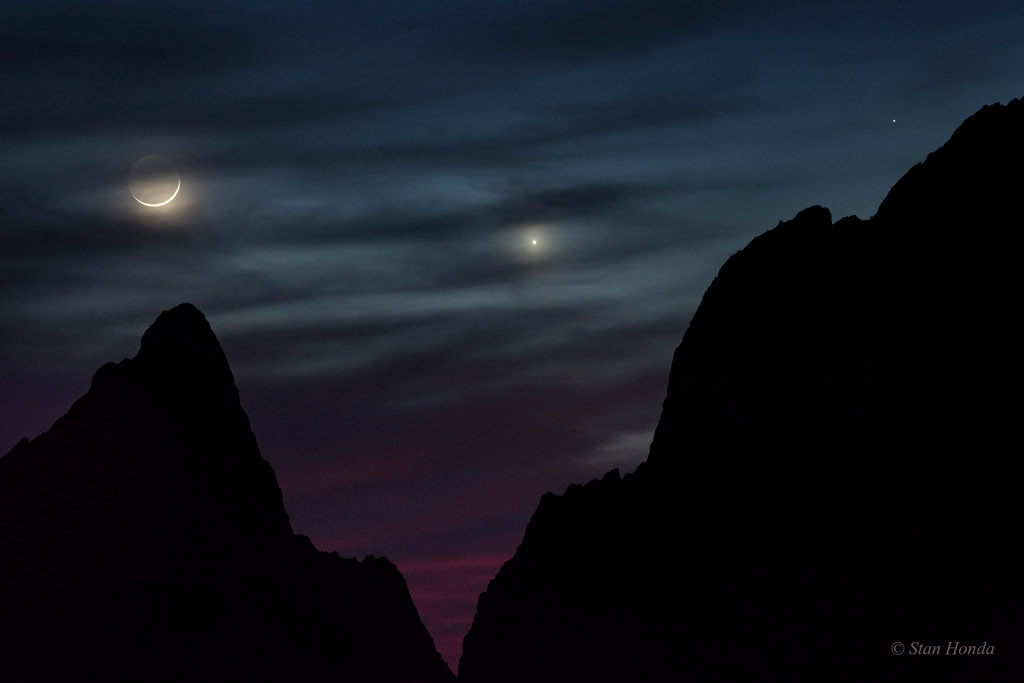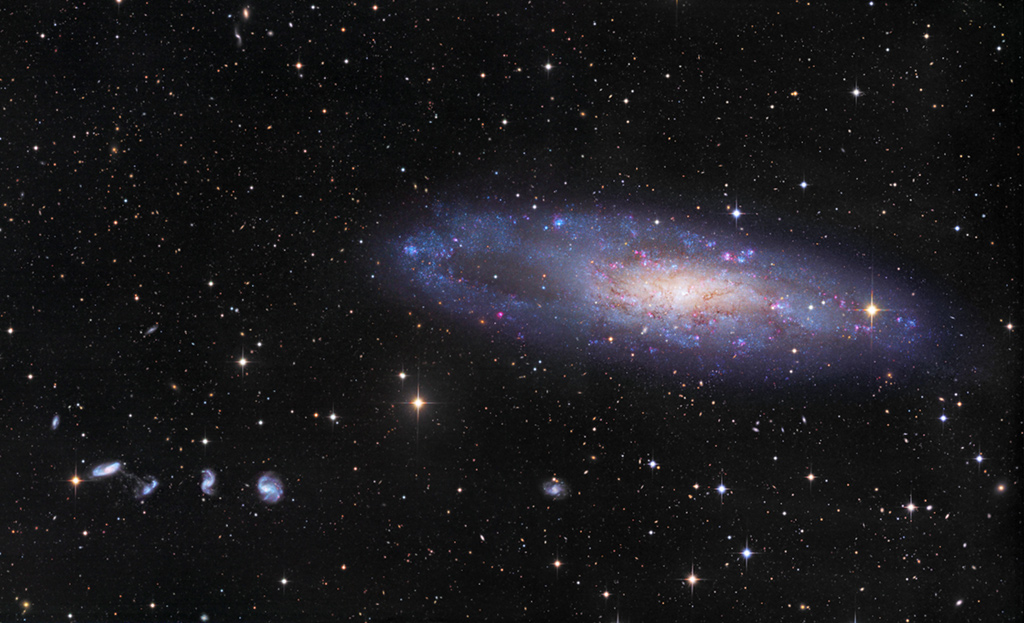
The Milky Way over the Seven Strong Men Rock Formations

New Research Heading to Space Station Aboard 14th SpaceX Resupply Mission
Astronauts aboard the International Space Station soon will receive a delivery of experiments dealing with how the human body, plants and materials behave in space following the 4:30 p.m. EDT launch Monday of a SpaceX commercial resupply mission.
from NASA https://ift.tt/2ImQKRc
via IFTTT![]()
Hangout in Space
Twilight in a Western Sky

NASA Invests in Shapeshifters, Biobots, Other Visionary Technology
NASA is investing in technology concepts that includes meteoroid impact detection, space telescope swarms and small orbital debris mapping technologies that may one day be used for future space exploration missions.
from NASA https://ift.tt/2J6E69X
via IFTTT![]()
Technology Then and Now
NGC 247 and Friends

NASA Ready to Study Heart of Mars
NASA is about to go on a journey to study the interior of Mars. The space agency held a news conference today at its Jet Propulsion Laboratory (JPL) in Pasadena, California, detailing the next mission to the Red Planet.
from NASA https://go.nasa.gov/2GVIE2t
via IFTTT![]()
NASA to Host News Conference Announcing New Supersonic Test Aircraft
NASA will host a news conference at 11 a.m. EDT Tuesday, April 3, to announce the agency’s plans for its next experimental aircraft, or X-plane, called the Low-Boom Flight Demonstrator (LBFD).
from NASA https://go.nasa.gov/2Gz4Th1
via IFTTT![]()



